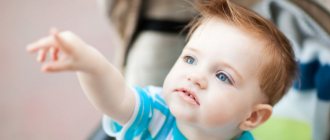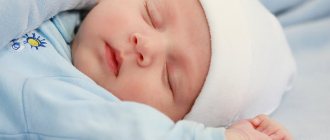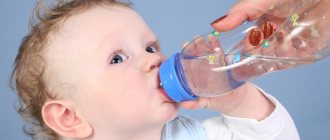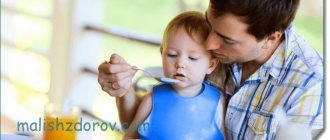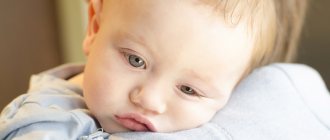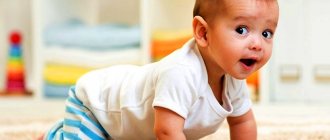For any parent, his baby is the best, the smartest and the most beautiful.
Of course, this is true, but sometimes adults should assess the situation dispassionately, especially when it comes to the development and upbringing of the baby.
This article is devoted to the development of a one and a half year old child, and also gives a number of recommendations to parents that will help make the upbringing process easy and successful.
Physical parameters at one and a half years
Norms of weight, height, head and chest circumference for boys and girls
According to the data given in the table of the manual "Pediatrician's Handbook" edited by V.O. Bykov (Stavropol, 2004), the following indicators are considered normal:
- the boy’s weight is from 10 kilograms 200 grams to 13 kilograms;
- the girl’s weight is from 9 kilograms 800 grams to 12 kilograms 200 grams;
- the boy's height should be from 78 to 86 centimeters;
- the girl’s height is from 77 to 85 centimeters;
- the boy's head circumference should be between 46.6 - 50.2 centimeters;
- girl’s head circumference – 45.8 – 49 centimeters;
- the boy's chest circumference is 47.4 - 53.9 centimeters;
- girls - 47.8 - 52.9 centimeters.
Finger development and motor skills
At 1.5 years old, the child’s fine motor skills are quite developed.
Attention! Ideally, a one and a half year old baby should be able to build a tower of 3 small cubes, string 3 rings on a stick, open a door handle, throw a small ball, draw doodles, shapes like a circle.
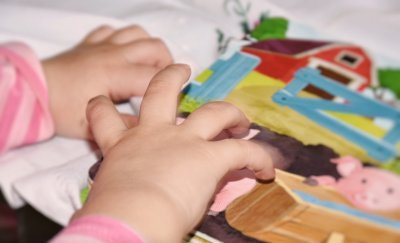
Massage of the child’s fingers, which the mother can handle, children’s counting songs (for example, “The White-sided Magpie”), games with cubes, pyramids, construction sets, puzzles, mosaics, and sorters can help with this.
As improvised means, you can use beans of two colors, drawing on semolina, etc. And recently, so-called busy boards have gained wide popularity, which every father or grandfather can design.
Reference! Busy board is a sheet of plywood on which hooks, latches, zippers, Velcro, buttons, handles, lids, etc. are attached. The child can pull it all, open and close it, which will have the best effect on the development of his fingers.
And, of course, modeling from dough, special plasticine, and finger painting are classic methods that help in the development of fine motor skills.
As for motor skills in general, a child who is 1.5 years old already runs perfectly, knows how to climb onto chairs and a sofa, and plays in a children's playground in the yard . Naturally, he cannot yet fully control his body, so he often falls, as they say, out of the blue. Parental supervision of games, drawing, modeling, and communication with peers should be every minute!
Differences between boys and girls
From the age of 18 months, children begin to identify themselves as a boy or a girl.
- A boy develops gross motor skills faster (running, jumping), while a girl develops fine motor skills (holding objects, playing with a pyramid, cubes).
- Boys lag behind girls in speech development, since their right hemisphere of the brain, responsible for the development of spatial and figurative thinking, is intensively developing, while girls are developing the left hemisphere, responsible for speech and focusing attention on small things.
- Boys also lose to girls in the process of potty training (girls are psychologically ready for the potty by the age of one and a half years, boys - not quite).
The difference in the development of children of different sexes at one and a half years is 3–4 weeks, which is not in favor of boys.
What prevents a child from growing up independently?
Your child is an individual. Yes, yesterday you spoon-fed him and changed his diapers, but he is still a separate person from you who has the opportunity to grow up successful or shift all responsibility for his life to you.
If you prefer the first option, allow your baby to gain independence appropriate to his age from the age of 1. Let him explore the world and try his hand, and you be patient, forgetting that:
- You don't have time . Of course, dressing the child, collecting his toys throughout the apartment, feeding him or picking him up, because he can barely drag himself along the street, examining every pebble, is faster and easier. But you will have to accept the terms of the game. If you want to raise an independent child, here is the advice of psychologists: give him as much time as he needs to tie his shoelaces, clean, eat, move, etc.
- Is it dangerous . Falling objects, corners, breaking vases - even at home there are many risks awaiting a child. Your task is to provide him with a safe environment to fulfill his need to learn everything and provide him with the necessary knowledge. For example: “An iron plugged in gets very hot and burns. Touch it now while it's warm. Do you feel it? To avoid getting burned, never touch the iron while it’s on!” Personal experience is recorded in a child’s head better than theoretical knowledge.
- He is still small . At any age, a child faces problems that he can cope with on his own, observing the consequences of his actions and drawing conclusions. Show him where to put his sneakers after a walk. Did he succeed once under your supervision? Now he must constantly perform this action without any excuses. Myself.
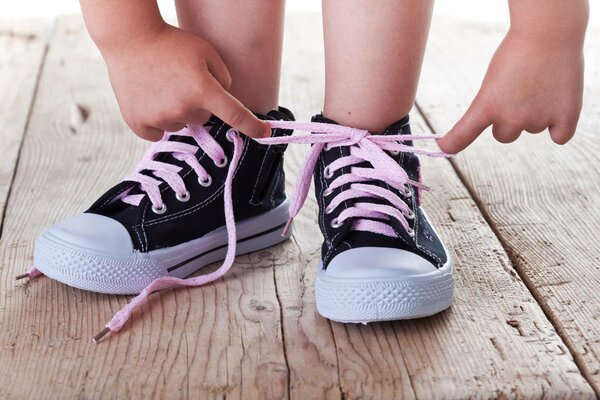
What can a baby do at 1 year and 6 months?
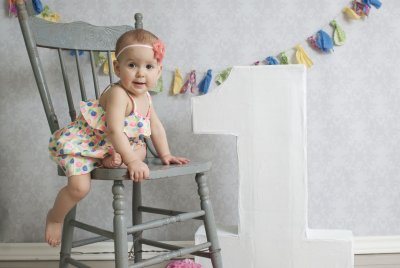
- The child stands confidently on his feet and moves around objects or steps over them, while holding an object in his hands.
- Sit down and get up from a chair without holding onto anything.
- Climb and descend short steps.
- Confidently holds a spoon in his hand and tries to eat on his own.
- Can drink from a mug independently.
- Reacts calmly to any hygiene procedure (washing, bathing, ear cleaning).
- Strings a pyramid of 2 - 3 rings, maintaining proportionality.
- Plays with the ball, at the request of adults, throws it up, down, into the hands of his parents.
- Rearranges objects, puts them in a box, and takes them out.
- Fulfills simple requests from others: bring it, give it.
- Distinguishes 2 – 3 colors.
What should a 3 month old baby be able to do?
At 3 months, the baby is significantly different from how it was brought from the hospital. The baby needs the company of his parents more and often asks to be held.
During this period, he expresses his emotions more clearly (what is this?), and coordination of movements improves.
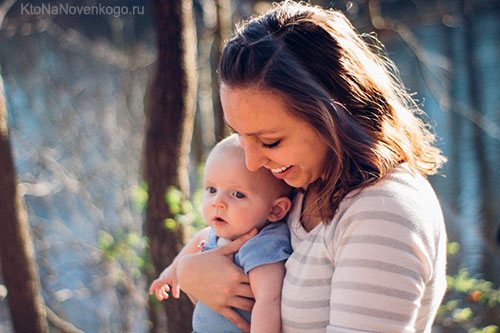
So, at 3 months he should already:
- attract the attention of relatives;
- cry with different intonations to share your “feelings” and laugh loudly;
- turn your head;
- rise on your elbows when lying on your stomach;
- roll over from back to side;
- when picked up, press the legs and arms towards the body;
- hold the toy tightly and pull it into your mouth.
Features of the psycho-emotional sphere at 18 months
At the age of 1.5 years, the child begins to develop the simplest moral emotions, the stimulus for which is the praise of adults and their successful or unsuccessful objective activities. Children are excellent at expressing feelings of pleasure and displeasure and are able to experience joy, sadness, and frustration. But the feeling of empathy is still unfamiliar to them.
At this age, an emotional attitude towards peers begins to appear, including a selective attitude, depending on the sympathy or antipathy being tested.
But the emotions of a one and a half year old child are still unstable and changeable. Their impulsiveness is explained by his motives for behavior.
The word, which is a means of evaluating certain qualities or actions, begins to acquire special emotional meaning.
Development test
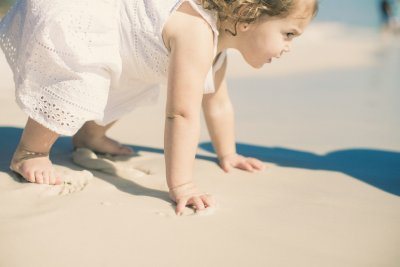
In this case, parents should not worry about their baby, and if some tasks are beyond the child’s ability, adults should pay attention to certain areas of their child’s life.
- Understanding words: the child should be asked several questions while sitting in the same room with him: “Where is the clock?”, “Where is the bear?” the child must point with his finger at the named objects.
- Vocabulary: the child must fulfill the usual requests: “Bring the ball,” “Give me your hand.” He must also utter primitive phrases: “Mama am” (I want to eat).
- Fine motor skills: Place beans, nuts, etc. on a plate. The child should be asked to give something. It is necessary to pay attention to how the baby will pick up small objects: if with two fingers, then there is no need to worry.
- Test with toys: the child must be able to build a tower of 3 cubes, string rings onto a pyramid, you can do it haphazardly.
- Emotions: the child should not strive for privacy, should not swing from side to side, or walk for a long time with his hands on the playground. He should easily recognize an adult, be able to concentrate for a short period of time, his tantrums should have a logical basis.
Don't forget to praise
If children are reluctant to complete tasks that are imposed on them, remember that you have a powerful weapon up your sleeve - you can praise or reward your little helpers. A trip to the movies or a water park can be a great incentive to help around the house.
Read: All about swimming. What should the water temperature be when bathing a newborn baby?
Treat children like adults. Delve into their problems and put yourself in their place and then there will be no disagreements and misunderstandings in your family. And all housework will be divided among all members according to their age and skills.
Speech skills
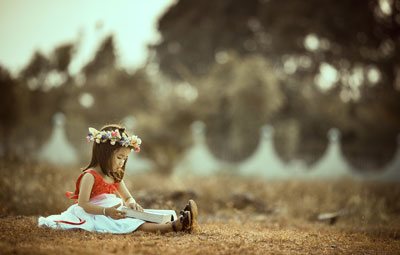
Ideally, if the baby’s vocabulary consists of 40 lightweight words (mom, dad, baba, grandfather, give, etc.).
But a lot depends on the child’s individuality: some one-and-a-half-year-old children are just learning to pronounce “mom” and “dad,” some are completely silent, while others are beginning to construct simple sentences.
The speech of children at this age is rich in onomatopoeic or babbling words: aw-aw, mu-mu, kitty-kis, bi-bi, etc. Parents need to try to develop these skills, thereby constantly expanding the horizons of their baby.
At 1.5 years of age, a passive vocabulary begins to accumulate: the baby knows and understands many more words than he can pronounce. Adults should clearly and clearly, without distorting sounds, pronounce the names of certain objects indicating them.
Attention! You can develop your child’s speech by reading fairy tales, rhymes, nursery rhymes, singing songs, commenting on everything that happens to the child, creating situations in which the child must address you with speech.
How to develop a child at 1 year old
To help your baby develop quickly and acquire more and more new skills, help him with this:
- Carry the child in your arms less, give him freedom of movement.
- Voice everything you see to your child and talk to him. Read books to your baby - this is so important for the development of a child’s speech.
- Play educational games: sorters, cubes, pyramids, lacing, etc. You can offer your child a simple role-playing game (for example, construction, racing, etc.). Finger games are good.
The development of a 1 year old baby largely depends on his parents. Spend more time with your child, play, talk to him, walk. Provide your baby with new bright impressions, then his development will certainly go uphill!
Diet at six months: what to prepare for your baby?
Reference! A one-and-a-half-year-old child, according to dental standards, should already have fully erupted 14 milk teeth, but depending on individual characteristics, the presence of 4 to 18 teeth is also considered normal. In this regard, the baby’s diet can be supplemented with solid foods that are not pre-ground in a blender or meat grinder, but are simply cut into small pieces.
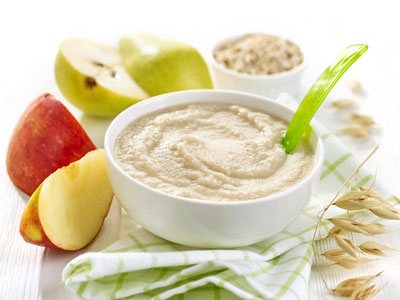
Include dishes made from high-quality products that can provide the child’s growing body with all the necessary vitamins, minerals, and nutrients.
This develops a food reflex, promotes better digestion and absorption of food, and has a positive effect on the development of the baby.
The priority is light dietary products : porridge (oatmeal, buckwheat, rice, corn, millet, barley), low-fat soups, meat (chicken, turkey, veal) and fish cutlets, vegetables (both fresh and pureed, casseroles, salads), fruits, dishes made from fermented milk products (kefir, yogurt, cottage cheese).
Sample menu
Breakfast:
- Liquid porridge with milk (buckwheat) – 150 ml, steam omelette – 50 grams, fruit juice – 100 ml.
Dinner:
- Beetroot salad - 30 grams, vegetable soup - 50 - 100 ml, pasta with butter - 50 g, beef puree - 50 g, dried fruit compote - 70 ml.
Afternoon snack:
- Kefir - 150 ml, biscuits - 15 grams, fruits (apple, banana) - 100 g.
Dinner:
- Vinaigrette – 100 grams, fish bits – 50 grams, mashed potatoes – 60 grams, tea with milk – 100 ml.
Total calorie content – 1300 kilocalories. If you ask your baby to eat at night, you can offer him low-fat kefir, yogurt, or milk.
Dish recipes
- Dietary cottage cheese pancakes baked in the oven
The dish is dietary because heat treatment is carried out without adding a large amount of oil, and carrots and apples that are healthy for children are added to the dish.
- To prepare, you will need 300 grams of cottage cheese with 5% fat content, 2 tablespoons of sugar, 1 medium-sized apple and 1 carrot, 3 tablespoons of flour.
- Grate carrots and apples and squeeze out the juice.
- Mix all ingredients in a container.
- Using a spoon dipped in cold water, place the resulting mixture in the form of cakes on a baking sheet covered with parchment.
- Bake in an oven preheated to 180 degrees for 30 minutes.
Features of hygiene and care
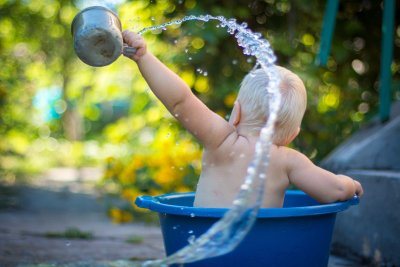
A one and a half year old baby must be:
- washed in the morning and evening (during the day - as it gets dirty);
- his hands must be washed after going outside, using the toilet, playing with animals, and before eating;
- The child must have his own towel, hanging on a hook no taller than the baby, and his own toothbrush, which he must learn to brush his teeth on his own, but with the participation of the parent.
All hygiene skills should be instilled in a child in a playful way, using funny rhymes, nursery rhymes, and counting rhymes.
Daily bathing remains an important and integral element of body care for a one and a half year old child. However, this process should be supplemented by teaching the child to do this on his own, constantly telling him the algorithm of actions.
As detergents, you should use only those that are intended for children 1.5 years old and have been tested by dermatologists. As a rule, it is better to purchase such products in pharmacies.
Attention! 1 year and 6 months is the age when you need to start consciously potty training your baby.
Naturally, this process will be long and not always successful, and it must take place with the active participation of both parents. But the child must be taught to perform certain actions himself: for example, taking off and putting on pants, opening and closing the lid of the potty.
A play form will help you master this process: a favorite teddy bear, which will be planted or a toy potty, which will need to be wiped with a napkin, from which you should take off and put on pants - an excellent visual example for the baby to follow.
The main thing is attention and love
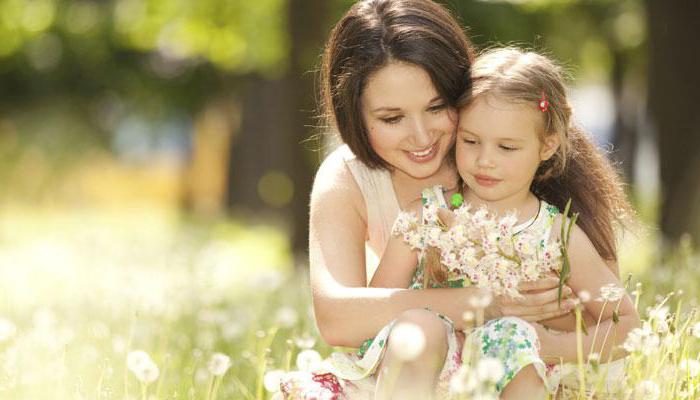
In order to raise a worthy member of society and just a good person, you do not have to be a child psychologist. The main thing is to love your child and do not be shy to show him this every day. Hug your baby whenever possible, encourage his successes and achievements. Treat your child with respect and always listen carefully to his stories and requests. Remember that relationships with your son or daughter must be built from early childhood. It is useful to replace the parent-child relationship with equal communication. Of course, we are talking about positive everyday communication. By playing with your child every day, conducting educational activities with him in a playful way, you form a strong foundation of trust for life. You should not raise a child using categorical prohibitions, punishments and constant moralizing. If possible, talk to your child as equals, explaining all the “dos” and “don’ts.” Believe me, this strategy is no less effective than the strictest discipline. Try to let your baby feel protected. What is family? “Parents + child” is the best formula, all participants of which must actively participate in each other’s lives and resolve all difficulties that arise together.
Day and sleep routine
Attention! From the age of one and a half, parents should begin to prepare their child for a future visit to kindergarten. This means that his daily routine should eventually become the same as in preschool. Otherwise, a child whose day was not properly organized at home will experience difficulties during the period of adaptation to new conditions.
- The morning for a 1.5 year old child should begin at 7.00 – 8.00.
- The first breakfast is at 8.00 - 8.30, and in the interval between waking up and the morning meal, the baby should be washed and dressed.
- From 8.30 to 12.00 is the child’s waking time, which should be spent in games, activities, and walks in the fresh air.
- Lunch – no later than 12.00. From 12.30 to 16.00 - daytime sleep, which should be mandatory.
- After waking up there is an afternoon snack, but from 16.30 to 20.00 there is evening wakefulness, which consists of playing, being in the fresh air, and swimming.
- Dinner – from 20.00 to 20.30.
- At 20.30 – 21.00 – going to bed. At this time, it is advisable to read a fairy tale to the baby and sing a lullaby.
Activities with your baby
Games
One of the favorite games of young children is hide and seek. The baby still doesn’t fully understand how and where to hide, but you shouldn’t deny him the pleasure of not being found.
Children at this age love to dance, you can spin and dance with them. Well, the above-mentioned modeling, drawing, playing with a busy board, construction sets, mosaics, dishes, reading and telling fairy tales are important components of the full development of a child of this period.
Toys
Toys for children of this age should not contain small parts that a child can easily swallow or put in his nose or ear.
Children play best with cubes, which can be plain or with painted animals, numbers, and letters.
Of interest are balls (their size should be such that the child can easily hit the ball with his foot), nesting dolls (folding them one on top), puzzles (a minimum of small parts and a large size of the picture), inserts, dolls and cars (they will help to master gender ).
Our website also contains materials about the following periods of babies’ lives: one year and 7 months, one year and 8 months, one year and 9 months, one year and 10 months, one year and 11 months.
Necessary examinations
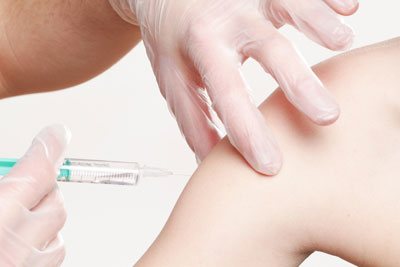
Since vaccination is carried out only for an absolutely healthy child, you should first undergo a medical examination by a pediatrician, who should bring test results (general blood and urine tests).
A more detailed examination of the baby is carried out at 2 years.
